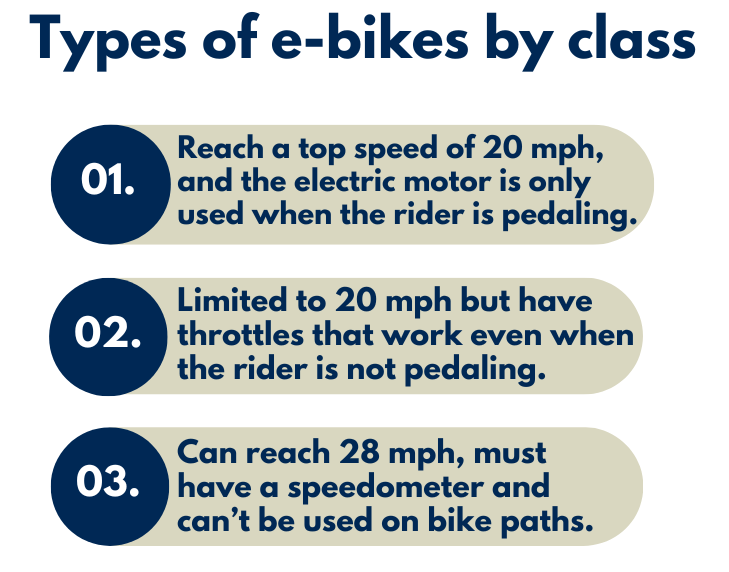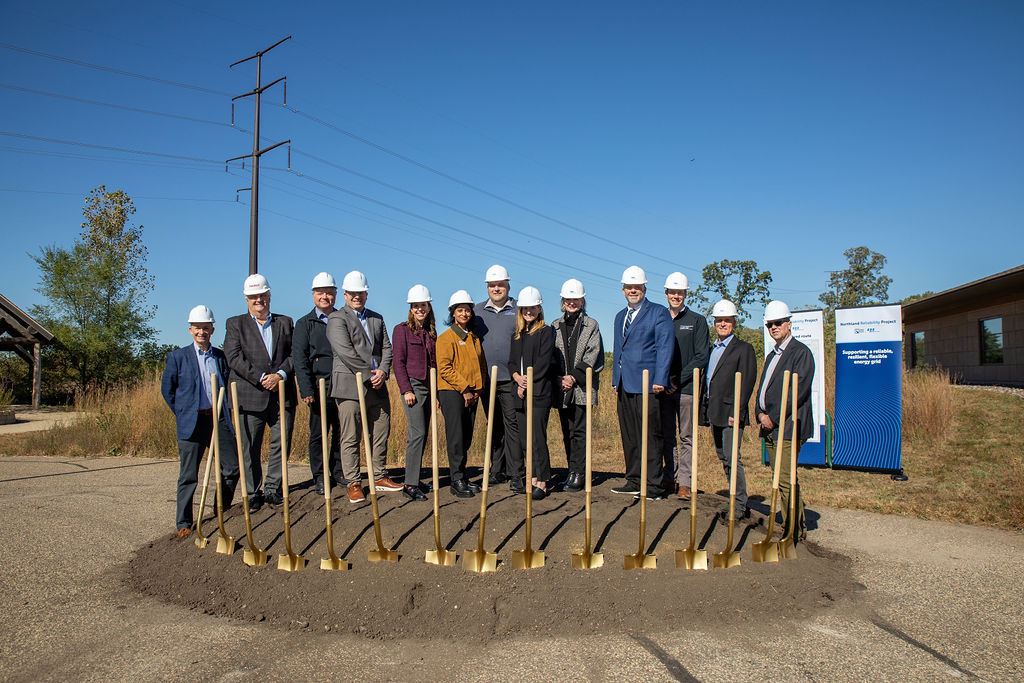When considering the switch to electric transportation, it might be best to start thinking small.
While electric vehicles (EVs) are receiving much of the attention, it’s actually the smallest forms of e-transportation, such as e-bikes, that are experiencing the largest surge of popularity. And what’s more, this popularity doesn’t seem to be limited to metro areas.

Electric cooperatives have for years been tapped into finding opportunities to electrify various sectors of the economy to help reduce carbon emissions ever since power supply mixes, including Great River Energy’s, started becoming increasingly more renewable.
Now, in addition to promoting EVs, co-ops are setting their sights on showcasing the quiet convenience and comfort that e-bikes offer with Bigfork, Minnesota-based North Itasca Electric Cooperative (NIEC) leading the charge.
Alongside the usual electric-powered appliances in its showroom like refrigerators, freezers, washers and dryers, NIEC now features e-bikes from the brand Go Power Bike for its members to consider. Member Services Representative Roxanne Prather said that after hearing the cooperative’s appliance distributor talk up the technology earlier this year, she decided to take a chance by ordering two Go Express models.
“Those were sold before they even came in,” Prather said, “and I had people on a waiting list until the next ones came in.”
Like its traditional counterpart, an e-bike includes pedals and a handlebar, but its electric component provides a motorized boost. This extra helping hand allows riders to travel farther without exerting as much energy and with less strain on the body. The challenges presented by hills and headwinds, for example, are more manageable on an e-bike. Reduced strain means less recuperation time, too.

“This makes e-bikes an accessible approach to exercise for older adults, the disabled or even just people new to cycling,” Prather said. “One of the best features, though, is that they are a lot of fun to ride.”
Hundreds of thousands of people must agree. Market research firm NPD group reported the COVID-19 pandemic sparked a bike boom, boosting e-bike sales 145% from 2019 to 2020 with some industry experts estimating Americans brought home half a million e-bikes in 2020. Deloitte is also projecting that between 2020 and 2023, 130 million e-bikes will be sold worldwide.
Besides the physical benefits of riding e-bikes, Prather said NIEC’s members are also interested in other features of the models from Go Power Bike.
“Some of them are foldable, so they can be taken with wherever you go and easily stored,” she said. “You can also use an e-bike instead of your car when running errands or commuting to work, which saves on gas. With NIEC’s rate, it costs less than 50 cents to fully charge a Go bike, which can take you 36 miles with pedal assist.”
Prather says interest in e-bikes among the membership is high but, as with most any newer technology, cost can pose a barrier to adoption. The models promoted by NIECI sell for about $1,400. The cooperative doesn’t offer a rebate for the purchase of an e-bike, but does offer financing options.
“I think people are looking for fun ways to stay healthy and save money in the long run, but they are holding onto their money right now because the cost of most everything has gone up,” she said. “The bikes themselves though are built great and have a sharp look to them. People just seem drawn to them.”
 " data-object-fit="cover">
" data-object-fit="cover">